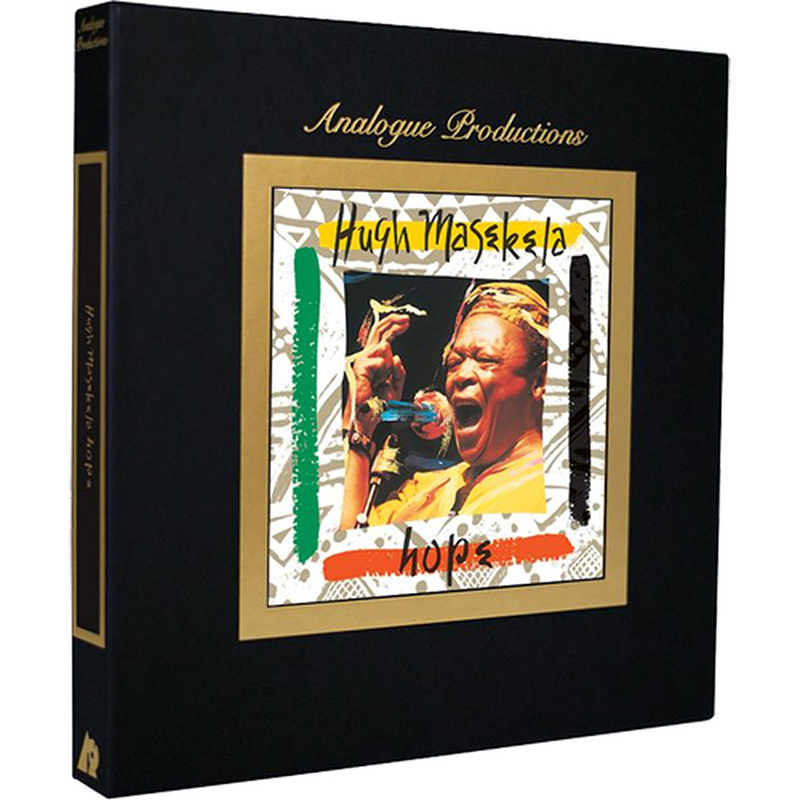Logowanie
Mikołaj - ten to ma gest!
Miles Davis, Horace Silver, Jay Jay Johnson, Percy Heath, Kenny Clarke, Lucky Thompson
Walkin'
20bit K2Super Coding - ale jak to brzmi!
Kasety magnetofonowe
Winylowy niezbędnik
ClearAudio
Double Matrix Professional - Sonic
najbardziej inteligentna i skuteczna pralka do płyt winylowych wszelkiego typu - całkowicie automatyczna
Miles Davis, John Coltrane, Cannonball Adderley, Bill Evans, Wynton Kelly, Paul Chambers
Kind of blue
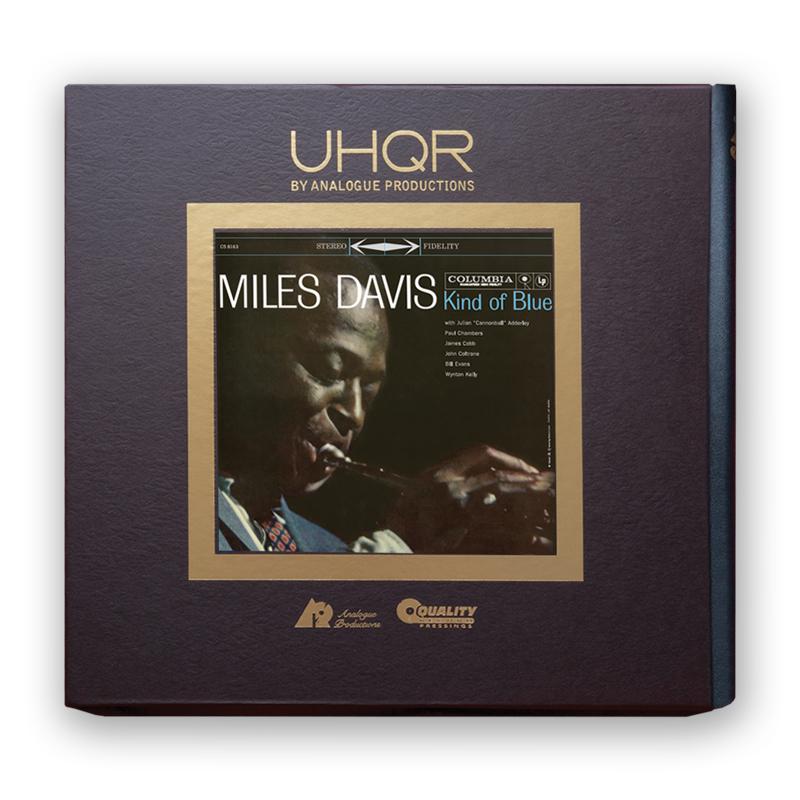
Ultra High Quality Record!
„Rezultatem (werble) jest najlepiej brzmiący album „Kind of Blue” w historii, pod każdym względem lepszy od wszystkich poprzednich wydań, w tym oryginału. Tłoczenie jest superciche, pozwalając najdrobniejszym detalom wyskoczyć z czarnego tła. Zestaw perkusyjny Cobba jest upiornie realistyczny. Słyszałem ten album, w tej czy innej wersji, setki razy i w świstach werbla i uderzeniach talerzy Cobba słychać subtelne akcenty – akcenty na akcentach, rytm w rytmie – których nigdy wcześniej nie słyszałem. Linie basowe Chambera są oszałamiająco czyste: grane przez niego nuty, szarpanie strun, blask drewna. Pojawiają się też nowe warstwy detali w manipulacjach ustnikiem Milesa, pracy pedałów Evansa i czystym pięknie saksofonów Coltrane'a i Adderleya. ... pościg jest nieskończony. To wznowienie trzyma mosiężny pierścień, na razie.” — Fred Kaplan, Stereophile, sierpień 2021 „Zupełnie jasno i oczywisto, ten nowy UHQR Kind of Blue, pochodzący z miksu „live” Berniego Grundmana (1997) z 3-ścieżkowego mastera, bezpośrednio nagranego na lakierze, brzmi najlepiej w porównaniu z dwoma wcześniejszymi „6-Eyes”, podwójnym zestawem 180 g Classic i jednostronnym zestawem 45 obr./min tej wytwórni, a także podwójnym wydaniem pudełkowym Mobile Fidelity na 45 obr./min, do którego porównywałem UHQR. „Nawet najcichsze oryginalne tłoczenie tworzy przyjemną, romantyczną rozmytą barwę na miękkim podłożu szumów, ale w porównaniu z tym wydaniem ogólny obraz jest odległy i mglisty (choć romantyzowana wersja nadal przyciąga). UHQR oferuje najczarniejsze, najcichsze tła i niezrównaną transparentność, ale co ważniejsze, zmodyfikowana prasa ręczna Finebuilt zapewnia bezprecedensową precyzję transjentów, skupienie instrumentów i oddaje detale o niskim poziomie, które zaskoczą nawet najbardziej zblazowanych weteranów KOB, z których jeden odwiedził studio i wykrzyknął: „Nigdy wcześniej tego nie słyszałem”. Ta prasa pozwala zajrzeć głębiej w miks i przenosi w czasie do studia na 30. ulicy. „Nieważne, jaką wersję teraz masz, nigdy nie słyszałeś Kind of Blue w takiej jakości”. — Muzyka = 11/11; Dźwięk = 11/11 Michael Fremer, AnalogPlanet.com, 17 maja 2021 r. Przeczytaj całą recenzję tutaj. „Do tej pory wersja Kind of Blue na płycie Classic Records Clarity Vinyl Flat Profile była najbliższa brzmieniu z trzyścieżkowego mastera sesyjnego, z którego została nagrana. Tłoczenie UHQR Analogue Productions z tych samych metalowych elementów podniosło poprzeczkę i pozwoliło nam jeszcze bardziej zbliżyć się do brzmienia analogowych taśm-matek sesyjnych 1/2"! Kup dwie, żeby mieć jedną na zapas lub podarować komuś muzykę w prezencie!" — Michael Hobson, założyciel Classic Records Legendy mają to do siebie, że zostają z nami na zawsze. Jeśli kiedykolwiek istniał album, który czekał na wysokiej jakości, tłoczony na winylu album na poziomie, jaki trzymasz teraz w rękach, to jest to „Kind of Blue” Milesa Davisa. Ten najlepiej sprzedający się album jazzowy wszech czasów został doceniony, trafił na listy „Best Of” i do Galerii Sław, a także powszechnie uznany za przełomowe nagranie — pięciościeżkowe arcydzieło o melancholijnym nastroju i melodii. Wciąż jest to jedno z najczęściej słuchanych i studiowanych nagrań wszech czasów, obowiązkowy elementarz dla wielu młodych muzyków i jeden z najbardziej transcendentnych utworów muzycznych, jakie kiedykolwiek nagrano. Davis grał na trąbce wspaniale ze swoim sekstetem, w którego skład wchodzili pianista Bill Evans, perkusista Jimmy Cobb, basista Paul Chambers oraz saksofoniści John Coltrane i Julian „Cannonball” Adderley, a Wynton Kelly grał na fortepianie w utworze „Freddy the Freeloader”. Teraz Analogue Productions, audiofilska wytwórnia reedycji płyt Acoustic Sounds, Inc., wraz z Quality Record Pressings, umieszcza Kind of Blue tam, gdzie jego miejsce: Ultra High Quality Record (UHQR) tłoczony na winylu Clarity Vinyl na ręcznej prasie Finebilt z dbałością o każdy szczegół. 200-gramowe płyty będą miały ten sam płaski profil, który przyczynił się do tak wysokiej atrakcyjności oryginalnego UHQR. Od rowka wprowadzającego do rowka wyprowadzającego, po rowek wyprowadzający, profil nie ma skoku, co pozwala igle klienta grać prostopadle do rowków, od krawędzi do środka. Płyta Clarity Vinyl pozwala na uzyskanie najczystszego możliwego tłoczenia i najbardziej oszałamiającej wizualnie prezentacji. Każdy UHQR zostanie ręcznie sprawdzony po zakończeniu tłoczenia, a tylko egzemplarze o prawdziwie doskonałej jakości zostaną dopuszczone do sprzedaży. Każdy UHQR zostanie zapakowany w luksusowe pudełko i będzie zawierał broszurę szczegółowo opisującą cały proces produkcji UHQR wraz z ręcznie podpisanym certyfikatem kontroli. Będzie to prawdziwie luksusowy, kolekcjonerski produkt. „Kind of Blue” to coś więcej niż najtrwalsze nagranie Milesa Davisa – to świadectwo eksperymentalnego podejścia Milesa, który radykalnie uprościł współczesny jazz, powracając do melodii, w przeciwieństwie do złożoności akordów, z jaką Davis często się wówczas spotykał. „Muzyka stała się gęsta” – narzekał Davis w wywiadzie dla „The Jazz Review” z 1958 roku. „… Będzie mniej akordów, ale nieskończone możliwości, jeśli chodzi o to, co z nimi zrobić”. „Kind of Blue” to w pewnym sensie sama melodia – i atmosfera. Żaden z muzyków nie zagrał żadnego z utworów przed pierwszą z dwóch sesji nagraniowych wczesną wiosną 1959 roku. W rzeczywistości Miles rozpisał większość utworów zaledwie kilka godzin przed sesją. Miles trzymał się również swojej starej metody nagrywania, praktycznie bez prób i tylko jednego podejścia do każdego utworu. Miles pozostał dumny z albumu, wykonując co najmniej dwa z jego utworów – „So What” i „All Blues” – przez lata, aż jego muzyczna ścieżka poprowadziła go w innym kierunku. Historia sprzyjała albumowi Kind of Blue; narodził się w 1959 roku, u szczytu złotej ery hi-fi, charakteryzując się innowacjami w sprzęcie studyjnym (taśma magnetyczna, wysokiej jakości mikrofony pojemnościowe), a także postępem w domowej reprodukcji dźwięku (płyty długogrające – LP; wysokiej klasy gramofony i inne komponenty stereo). Na sukces Kind of Blue wpłynęło również podpisanie przez Milesa kontraktu z wiodącą wytwórnią płytową tamtych czasów – Columbia Records, będącą częścią konglomeratu medialnego CBS. Columbia dysponowała środkami i wiedzą, aby zainwestować w najnowocześniejszą technologię nagrywania i własne profesjonalne studio nagraniowe. W tej edycji UHQR rozwiązano drobny problem z dźwiękiem w Kind of Blue. Silnik 3-ścieżkowego master recordera studyjnego pracował powoli w dniu pierwszej sesji nagraniowej albumu. Problem z prędkością nagrywania wpłynął na pierwsze trzy utwory na albumie: „So What”, „Freddie Freeloader” i „Blue in Green”, sprawiając, że były one ledwo wyczuwalne i przesunięte o ćwierć tonu. Problem ten został ostatecznie rozwiązany wraz z reedycją Classic Records w 1995 roku. Ten UHQR został wytłoczony z tych samych fragmentów, które Bernie Grundman wyciął bezpośrednio z oryginalnych, trzyścieżkowych masterów dla Classic w 1995 roku. Minęło sześćdziesiąt lat; ten LP łączy ten okres w najlepszy możliwy sposób, nagrany z taśmy master z płyty „Kind of Blue”, wolny od problemów z prędkością nagrywania i pełen instrumentalnych detali, otoczenia dźwiękowego oraz minimalnego szumu. Ponieważ chcieliśmy, aby nasza seria UHQR była najlepiej brzmiącymi płytami winylowymi na świecie, użyliśmy również płyty Clarity Vinyl, która jest wolna od czarnego pigmentu, który mógłby wprowadzać szum powierzchniowy. Podsumowując, ta edycja „Kind of Blue” spełnia najwyższe standardy audiofilskie i oferuje najprawdziwszy dźwięk, gwarantując maksymalną przyjemność słuchania. (tlum. mech.) Music - 11 Sound - 11 Ratings from Michael Fremer @ AnalogPlanet.com































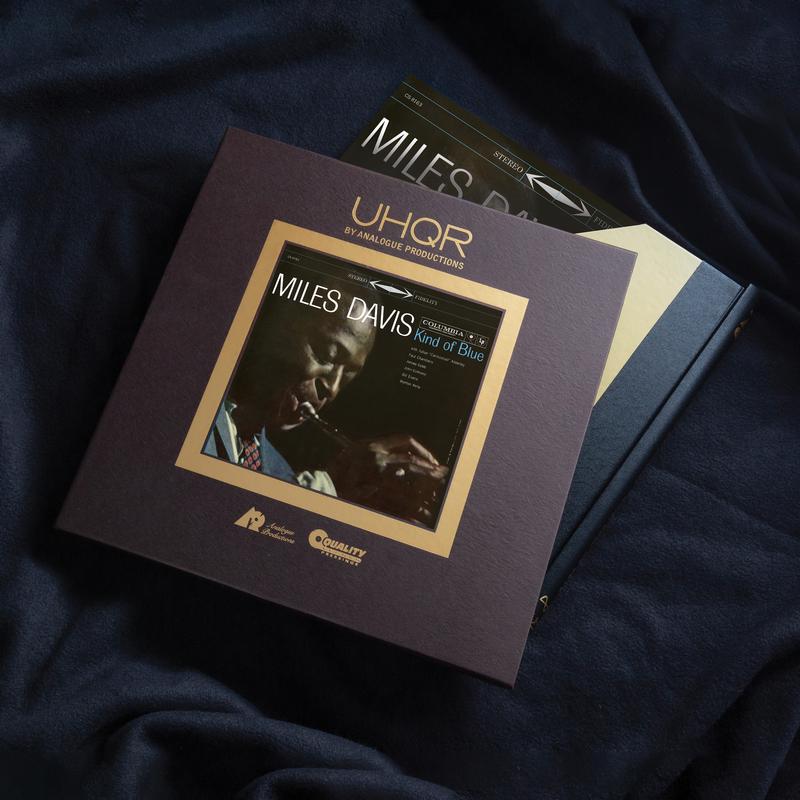
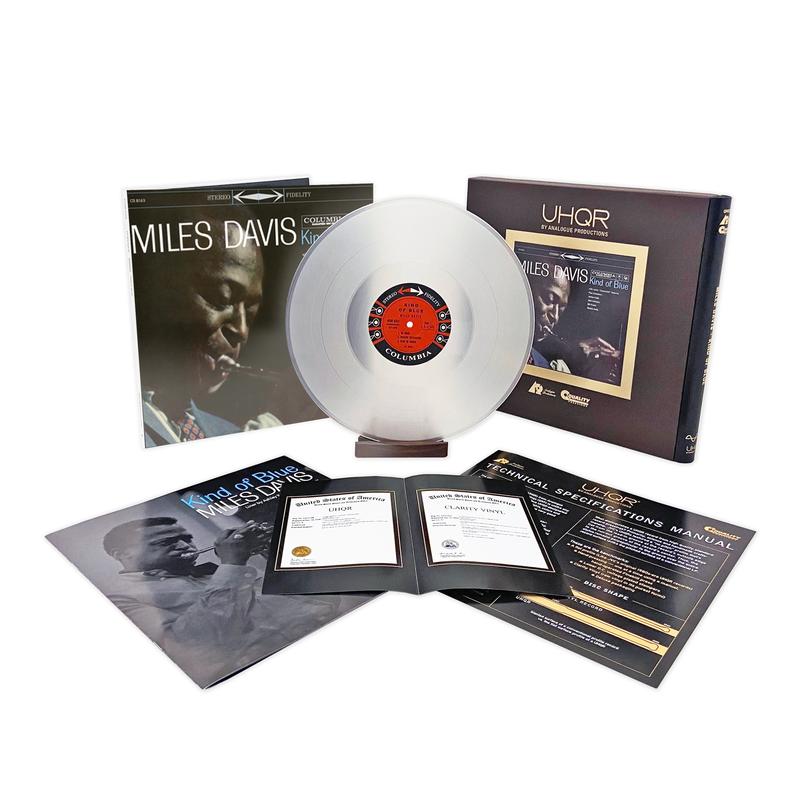
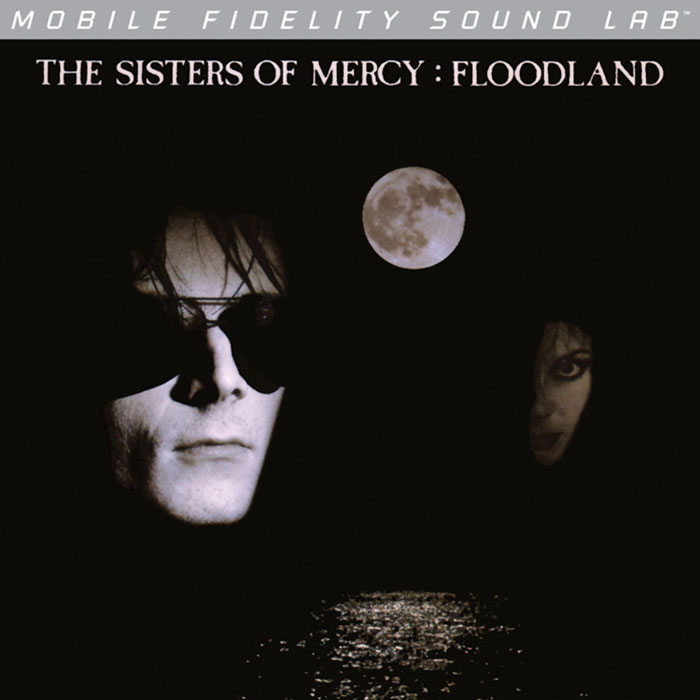
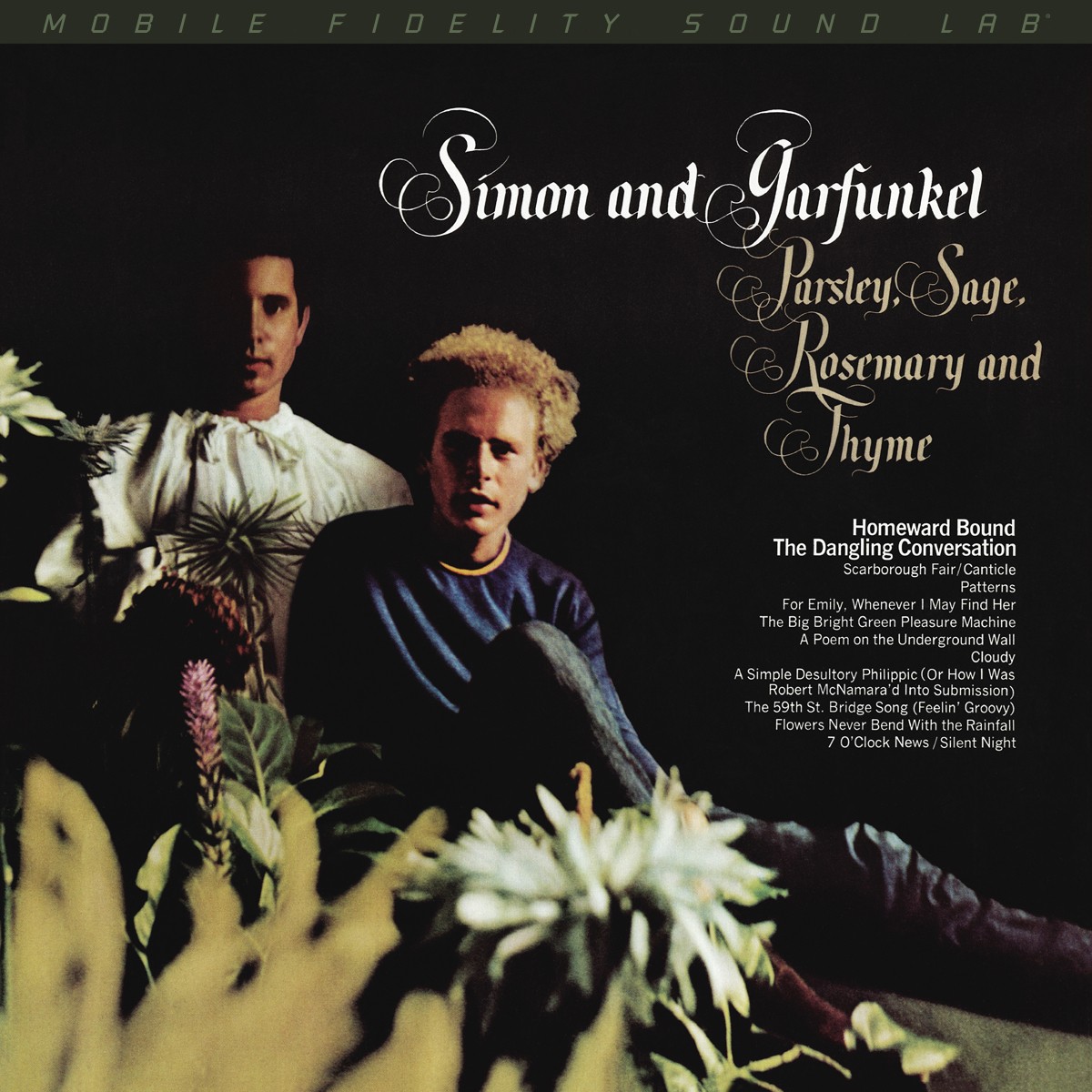
.jpg)
